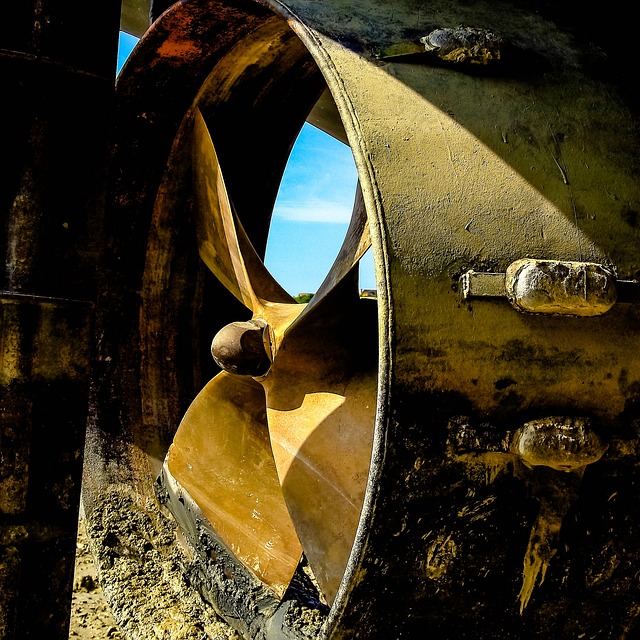Decomposition is a natural process that affects both living and non-living things. You may think that only organic objects decay and return to dust after expiring, but in truth, even the inorganic ones are fated to deteriorate eventually. They only follow a rather different decomposition process, which takes longer. Metals, for instance, decompose through corrosion. Some metals rust when exposed to oxygen, while others develop a patina on their surface.
Corrosion comes in a range of forms, each of which is classified by the cause of chemical deterioration. Understanding how each type of corrosion works can help you perform the necessary preventive measure, which would allow you to enhance the durability of your project output. This also helps you carry out the right procedure in case there’s a need to speed up corrosion. Below are the most common types of corrosion that could occur either naturally or purposefully.
Uniform Attack
This type of corrosion targets all exposed surfaces and occurs at a uniform rate, as the name suggests. It usually takes place when the entire object is exposed to a corrosive chemical compound, for instance, when submerged in saltwater or acid. The most prominent example is rust developing on the surface of structural steel bars. The oxygen from air and moisture that clings to their exposed surface reacts with iron to form iron oxide or rust.
Despite being the most destructive of all types of corrosion, uniform attack corrosion is considered the safest as it can easily be detected and predicted. Safety measures can easily be put in place before the deterioration reaches a critical point.
Localized
Corrosion may happen on select sections of a metallic object, particularly those that have been exposed to the element or compound they react to. This type of corrosion is called localized corrosion and comes in three types—pitting, the formation of a hole or cavity as a result of de-passivation; crevice corrosion, which happens in crevices under certain conditions; and filiform corrosion, which happens under painted or plated surfaces. This type of corrosion can be extremely dangerous, especially because it usually takes place in concealed areas.
Dissimilar Metal
Certain metals corrode faster or slower in the presence of other metals. For instance, in a corrosive electrolyte with two different metals, one being an anode and the other cathode, the anode would normally corrode faster than it would alone, while the cathode would corrode more slowly. It can occur in other types of environment, too, so it is important that you understand the effects of galvanization and exposure to electrolyte.
De-alloying
Also known as selective leaching, de-alloying is a type of corrosion that affects only select elements. Even if those elements have already been alloyed with other elements, they are still an easy target for this type of corrosion. The most popular type of de-alloying is dezincification, a corrosion that leaches out zinc from alloys like brass. Thanks to advancement in metalworking technology, there are now alloys with zinc content that can resist dezincification. The best example of metal that can resist dezincification is naval brass, which is why it is widely used for a wide range of industrial applications.
Even if corrosion is a natural process, it is influenced by a number of factors, including environmental conditions and metal composition. With proper manufacturing, corrosion can either be delayed or prevented altogether. If you are in need of metal that can last for many years, make sure to choose high-quality products. You can find them from trusted suppliers like Rotax Metals.
Source:
Types of Corrosion, thebalance.com


